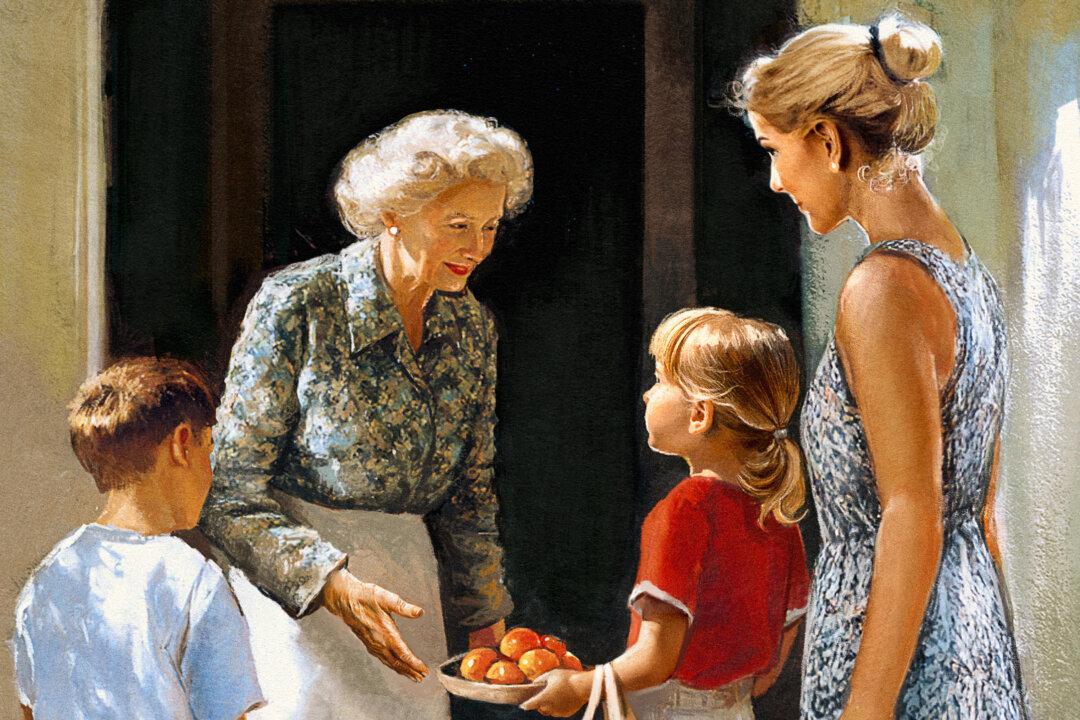When many people think of Dante Alighieri’s “Divine Comedy,” they think of popes stuck upside down in burning holes or demons skewering sinners with pitchforks. It may come as a surprise to learn that “The Divine Comedy” is actually a poem about love—yes, even in its first, ghoulish part, “The Inferno.”
Unfortunately, many readers find Dante’s lurid description of hellish torments to be the most interesting part of the work. Few go on to read the second and third parts of the poem—“Purgatorio” and “Paradiso”—since they lack these more visceral elements. But to really understand the poem we must follow the pilgrim Dante on his entire journey—through hell, purgatory, and heaven.






